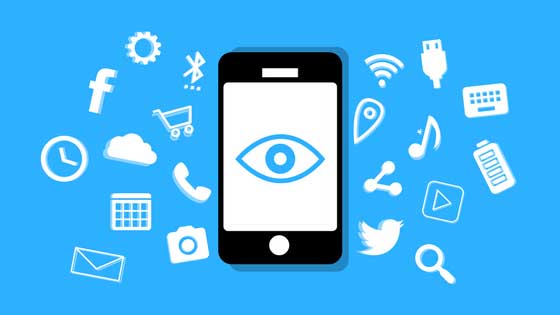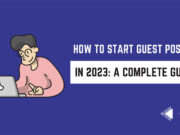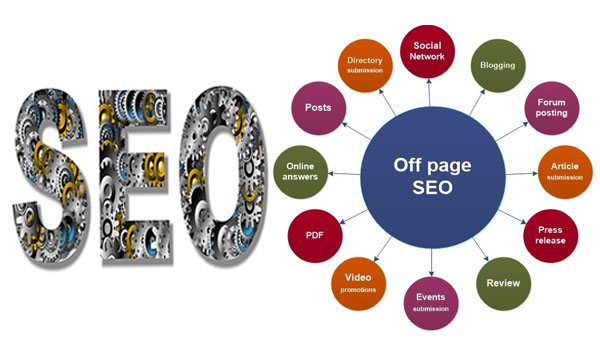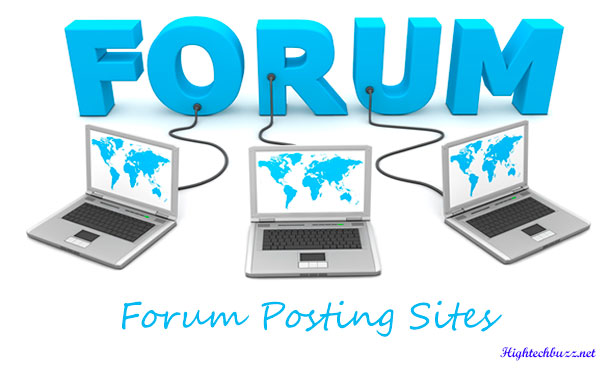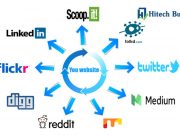With the advent of inexpensive, trendy and virtually instant digital marketing tools, some mocked print marketing as a lumbering dinosaur. We even mentioned in ‘5 Little Changes That Will Make a Big Difference in Digital Marketing’ how digital marketing is a rapidly growing force that’s the future and eventually will replace traditional marketing. But, while the variety of digital marketing tools is seemingly endless, why is print, not only still surviving but thriving in the digital age?
The Value of Print Media
Print media is still used as a valuable marketing tool, and still has an incredible amount of power in the marketing world, something that small businesses shouldn’t ignore. A FedEx survey noted how 85% of consumers said they are more likely to engage with a small business that has professionally printed materials, like flyers, banners and business cards. So, if you’re thinking of chucking away the printer for good in favor of digital solutions, think again. Computer hardware giant HP notes how more than 8 out of 10 small businesses in the world still depend on printers, adding that 50% actually say that their company wouldn’t be able to function without one. Print can help companies reach new consumers, especially when you consider that some may not be using digital media.
Print Marketing to Complement Digital Marketing
This is why wise business owners incorporate a combination of digital and print marketing as the best way of reaching target audiences. Plenty of big-name brands have also successfully used print marketing campaigns to engage with their audience. The Louvre Abu Dhabi’s Highway Gallery beautifully and stylishly illustrates the value of print marketing. Placed along the highway from Du Bois to Abu Dhabi, are oversized billboard-like reproduction of classic masterpieces like Van Gogh’s self-portrait and the Mona Lisa. It’s a remarkable example of how print advertising can complement and support social media marketing. The campaign increased visits to the museum by 165% and digital media impressions from less than 330,000 to 35 million, in just one month of the Highway Gallery being displayed outdoors.
Print Media is Tangible
A similar resurgence is seen in travel. For years, those in the travel industry have been saying how travel brochures are going to go away, but instead, they are experiencing a renaissance. Amy Eben told Travel Weekly how people still want to hold something tangible in their hands and the revival of the print brochure is actually being fueled in large part by demand from travelers, both young and old. In fact, a survey on the state of print and paper in a digital world found that 73% of respondents in the U.S. believed that reading a hard copy of a magazine, book or brochure was more enjoyable than reading the same on an electronic device.
The Printed Element
Although the marketing medium has changed, the fundamentals of marketing have not. And while the digital age has significantly transformed how we communicate and advertise, it hasn’t diminished the role of print in company marketing strategies. Email, social media, streaming videos, and virtual reality marketing are all remarkable tools for marketers, but at the end of the day, the consumer is only left with a memory. The tactile feel of a magazine or a full-color brochure just can’t be replicated digitally, no matter how striking and well produced. The key, therefore, to a successful marketing campaign is a printed element that will stay with the consumer for a very long time.



